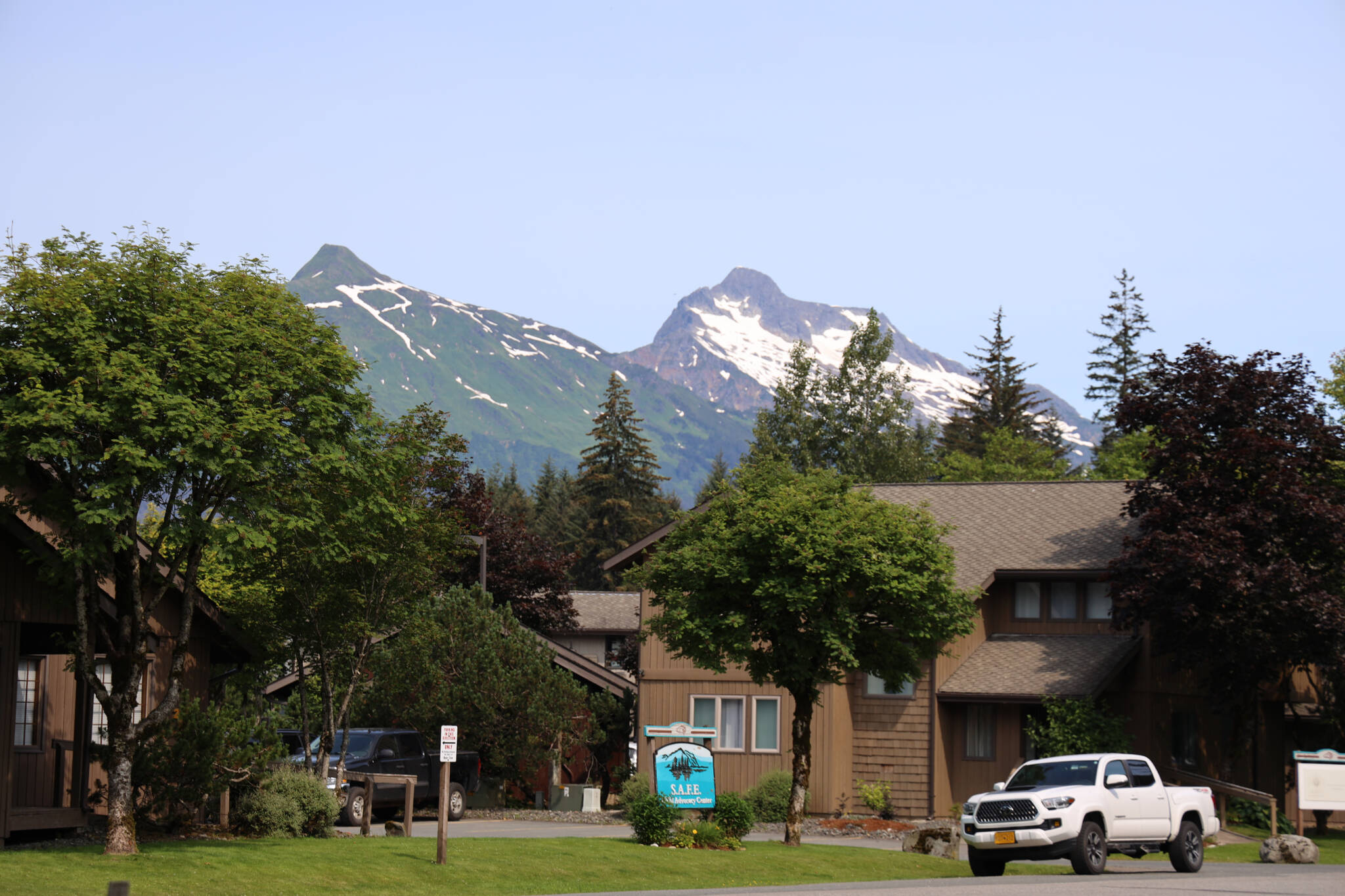As intense wildfires continue to burn in Canada, sending an onslaught of smoke across the country and into the U.S., some of the smoke is beginning to reach areas in Southeast Alaska and can be visibly seen in Juneau.
Depending on wind flow, the air quality in the region could become “very unhealthy,” according to national and state officials with air quality and weather agencies.
“It’s just a thin haze — it’s way up in the atmosphere and it’s not really noticeable,” said Andrew Park, a meteorologist with National Weather Service’s Juneau office Friday morning about the impact in the capital city. “That’s really the only impact is just kind of haze that’s aloft.”
On Thursday morning the state’s Division of Air Quality issued an air quality advisory for Southeast Alaska for the first time in 2023. The advisory will last until 9 a.m. Saturday in the region, but further advisories may be sent out following the initial release.
“Fires in British Columbia continue to intensify. Smoke from these fires will impact the region,” the advisory states. “The air quality could be VERY UNHEALTHY depending on wind flow and proximity to the fires.”
The major blazes producing smoke are namely located in British Columbia, Alberta, Saskatchewan and the Northwest Territories. This season marks Canada’s worst wildfire season on record with a reported 9.5 million hectares burned so far and a minimum of 560 thousand hectares burned this week alone, according to data from the Canadian Interagency Forest Fire Centre Inc.
“Majority of the impact will be haze during the day, smoke will settle in the mountains, late evening/early morning hours and drain into the coastal communities. Communities in the shaded yellow area below will see smoke impacts,” the advisory states. “Conditions support continued fire and smoke production for the advisory period. Air Quality will vary between GOOD and UNHEALTHY depending on wind flow and proximity to the fires.”
Park said the wildfire smoke can be seen visibly in Juneau by looking up near the sun where the thin layer resides in the atmosphere.
“It just looks like high clouds,” he said.
Currently, Park said concerns about air quality are at a minimum in the area.
“Right now we don’t have concerns, but this will depend on if we get really, really intense fire activity across the east side of the coast mountains, there is a window where we could start to have some concerns,” he said. “It will really depend on how hot these fires burn, but right now we have no red flags.”
Park said NWS Juneau will continue to monitor the situation and share any information on social media if concerns arise.
“In the next few days we’ll see how well the fire burns across B.C. because you might have a window to where we smoke infiltration across the coast mountains on Sunday, Monday and Tuesday,” he said.
• Contact reporter Clarise Larson at clarise.larson@juneauempire.com or (651)-528-1807.

